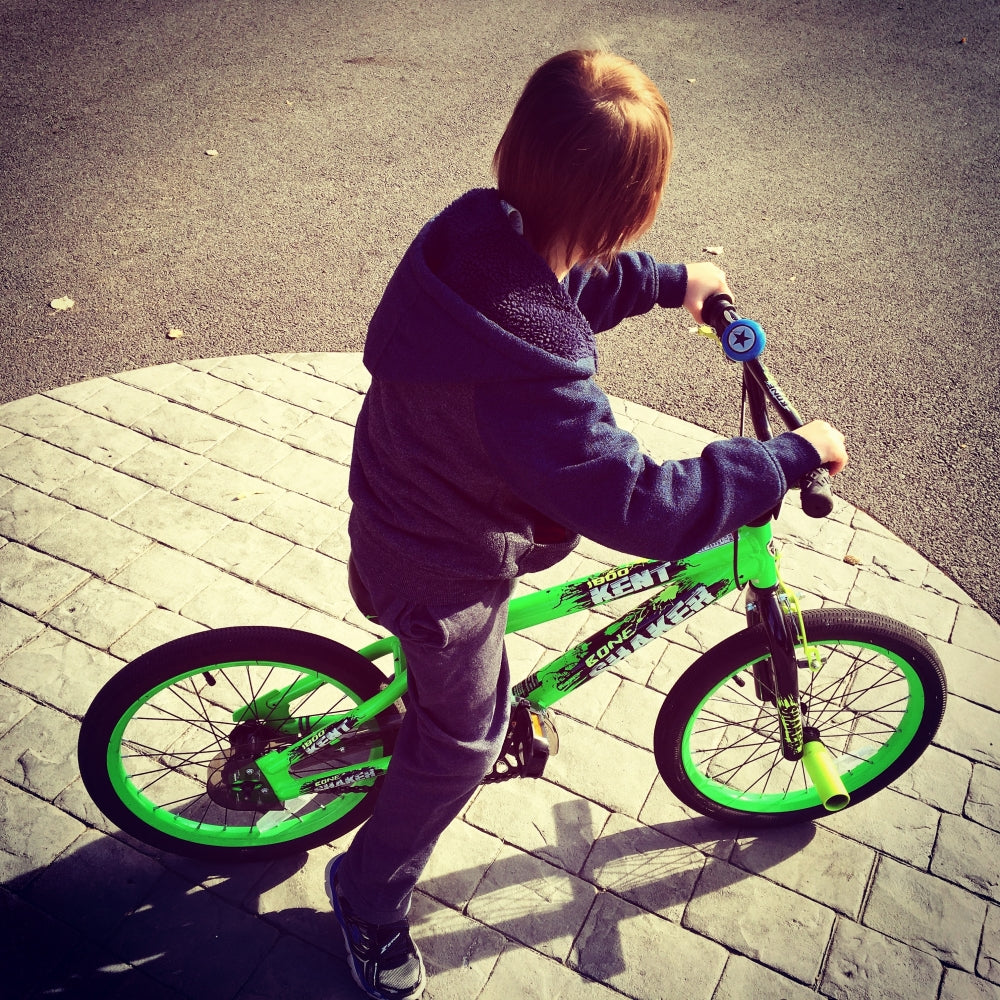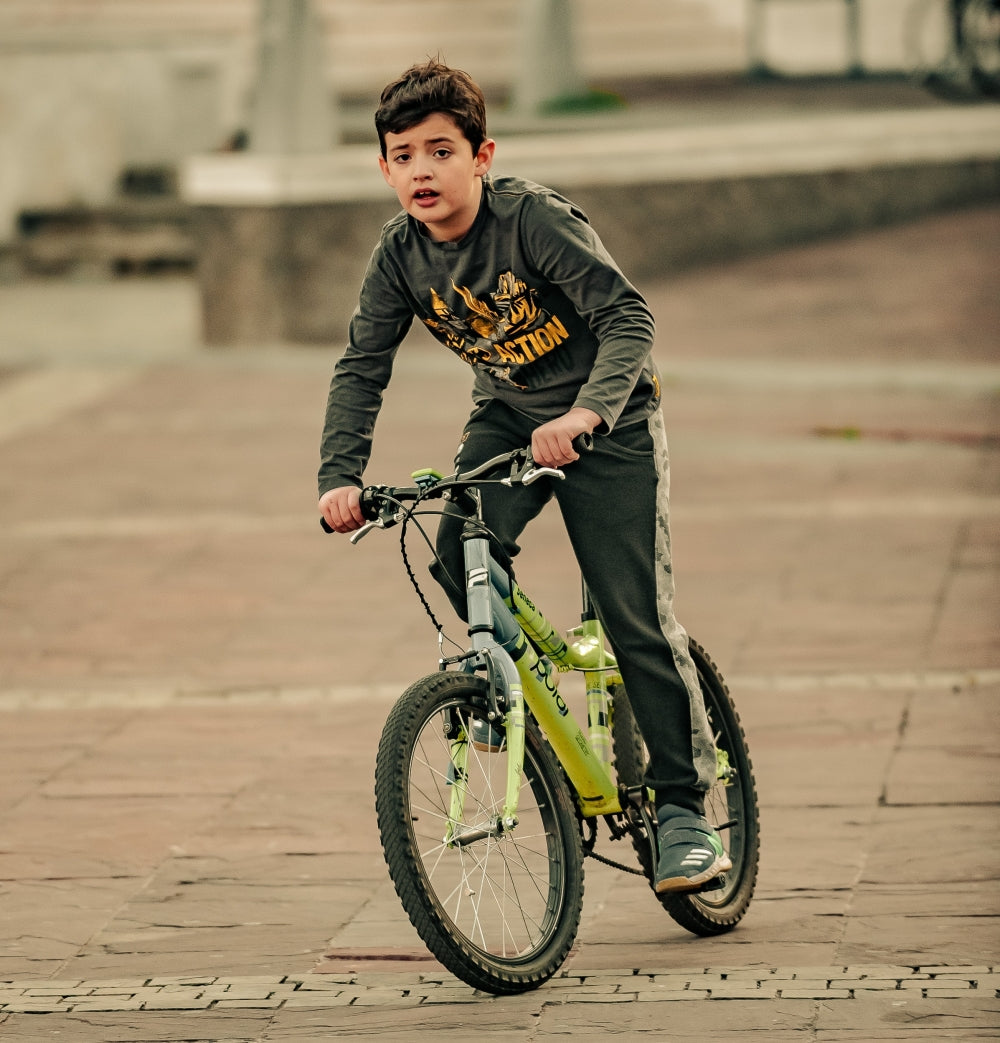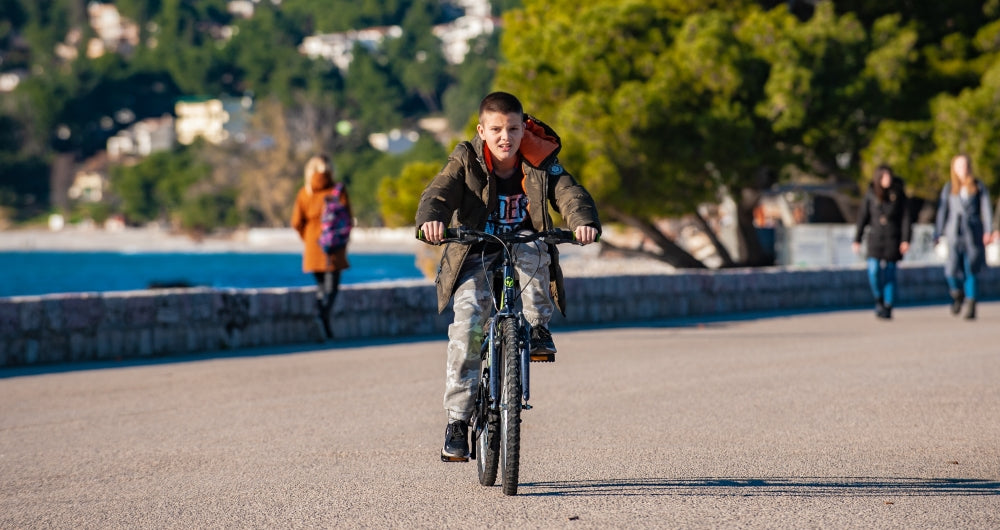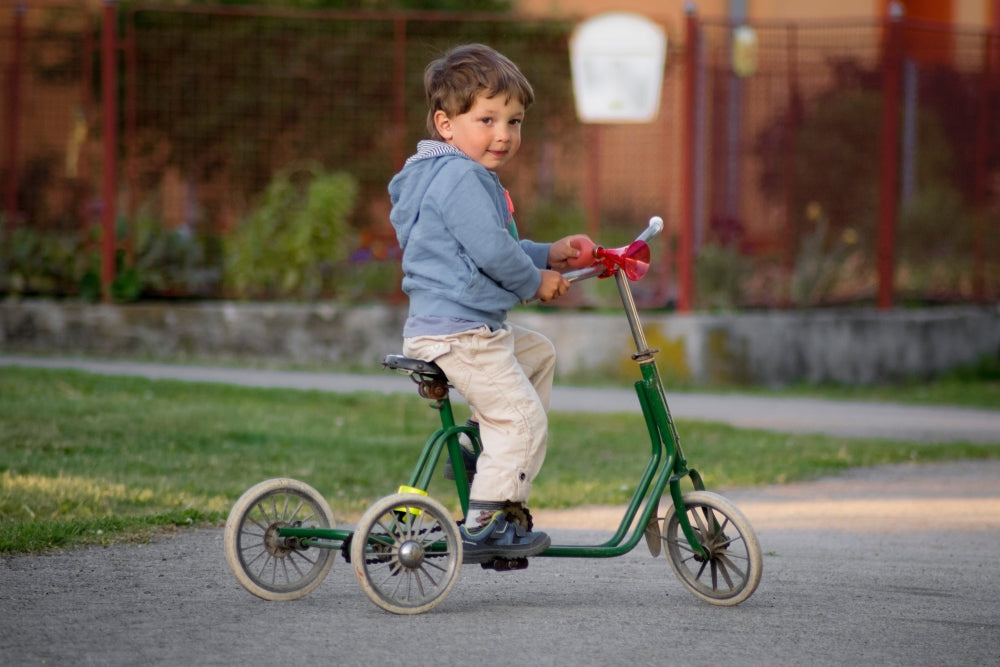On Your Bike! 5 Ways Cycling Helps Children with Autism
Guest Contributor
Guest post by Emily Ansell Elfer, BA (Hons), Dip.
"I want to ride my bicycle, I want to ride my bike." Many of us know these catchy song lyrics from the famous band Queen.
There's something exciting about pedaling through nature, feeling the wind against your skin, and getting from A to B without the use of a motor vehicle. But did you know cycling is of great benefit to children with autism?
Okay, it's no miracle worker. Learning to ride a bike won't suddenly get a child on the spectrum playing competitive sports for their country. But if done regularly and in the right way, cycling can offer great support to an autistic child.
Autism spectrum disorder (ASD) symptoms vary from person to person, but many kids have a lack of physical balance, and they may struggle with body coordination. These traits can be accompanied by challenges with social interaction, cognitive disabilities, and difficulty concentrating on some activities for long periods.
To better cope with these challenges, children with autism are often engaged in occupational therapy. In recent times, cycling has been incorporated into sessions, and ongoing research suggests it could be worth implementing on a larger scale.
Here are some of the many benefits bike riding offers for children on the autism spectrum.
1. Physical balance
Research has revealed children with ASD gain better physical balance when learning how to ride a bike.
During an experiment with balance-bikes, children on the spectrum aged six to 10 with no cycling experience met three days a week for five weeks to cycle for around 15 minutes.
The children were observed for changes in their physical behavior, including four-plane body balance (right, left, back, and front), static balance on open eyes, and balance with open eyes when standing on unlevel surfaces.
Dr. Andrew Shim at Briar Cliff University, who conducted this research, said: "Stability scores in all body planes were significantly improved during the five-week duration."
If balance is a key difficulty for an individual child, Dr. Shim recommends using a balance bike before considering pedals, as it "can assist children with special needs in transitioning to a regular, two-wheeled bicycle without the anxiety of falling or using training wheels."
2. Social and communication skills
Amy Houston, an education instructor at Rapid City's Central High School, South Dakota, found that riding no-pedal bikes improved speech fluency in her students.
Meanwhile, another study looked at the effects of learning to cycle on social skills development. For the study, children on the spectrum successfully learned to ride a bike over the course of five days. The data revealed that general social skills were improved through the process, including more independence, greater confidence, better communication, and stronger coping skills.
3. Family and peer interaction
The same study found family and peer relationships improved with regular bicycling. Learning to cycle had a particularly positive impact on sibling relationships, and parents shared positive experiences of enjoying new family activities without making special accommodations for their child with ASD.
Positive changes to peer relationships included spending more time with age-matched peers and new participation in neighborhood cycling with children of similar ages.
4. Sensory integration
Sensory integration therapy is highly recommended for children with autism, and it partly involves participation in activities that stimulate all five senses.
Cycling is a great example of sensory integration therapy that can be tried at home. When children cycle, they feel the breeze against their skin, they experience speed and motion, and they also touch the metal and plastic materials of the bike. Plus, it's a chance to enjoy the sights and smells of nature. So many senses are stimulated through cycling—but it's important to choose the right bike, adjust the seat according to the rider's needs, and be patient while the child is learning.
5. Motor skills
Motor difficulties are common in ASD. A pilot study investigated motor skill acquisition in children with autism aged 7-16 years during a one-week bike camp. All participants demonstrated motor skill acquisition on the bicycle, and nine participants gained the ability to ride at least 70 feet independently.
Analysis showed motor coordination and social communication correlated with higher rates of skill acquisition. Plus, the findings indicated that community-based bicycle riding could be of great benefit to developmental skills and adaptive functioning.
Summing Up
Cycling improves body coordination and sensory alertness, social and communication skills, and peer interaction. It's clearly a worthwhile activity for children on the autism spectrum to pursue.
Some parents give up teaching children with autism to cycle due to their various challenges. We encourage you not to throw in the towel! If you're unsure where to start, click here for some ideas.
Did you enjoy this article? Learn more from Autism Parenting Magazine, the leading international publication for autism families.
Stories from our readers, contributions from our friends in the animal rescue world, updates from charitable partners, and more!




























